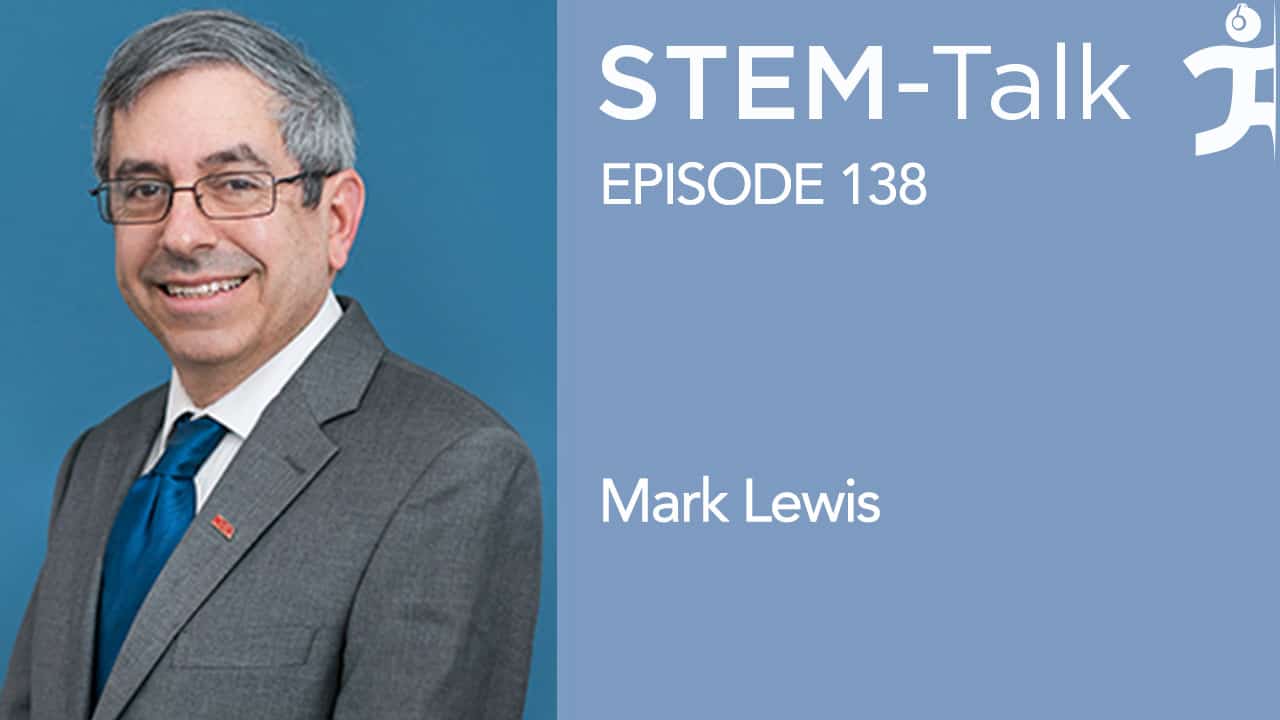
Episode 138: Mark Lewis discusses hypersonics and the importance of research in national defense
 2022-07-06
2022-07-06
Download
Right click and do "save link as"
Today’s guest is Dr. Mark Lewis, executive director of NDIA’s Emerging Technologies Institute (NDIA ETI), a non-partisan think tank focused on technologies that are critical to the future of national defense. ETI provides research and analyses to inform the development and integration of emerging technologies into the defense industrial base. We will discuss the Emerging Technologies Institute’s Vital Signs report, which is an evaluation of the readiness and health of the defense industrial base.
Prior to his role at the Emerging Technologies Institute, Mark was the Director of Defense Research & Engineering in the Department of Defense, overseeing technology modernization for all military services and DoD Agencies, as well as the acting Deputy Under Secretary of Defense for Research & Engineering. In this role he was the Pentagon’s senior-most scientist, providing management oversight and leadership for DARPA, the Missile Defense Agency, the Defense Innovation Unit, the Space Development Agency, Federally Funded Research and Development Centers, and the DoD’s basic and applied research portfolio.
At the Department of Defense, Mark worked closely with Mike Griffin, who appeared on episodes 23 and 134 of STEM-Talk. In today’s interview with Mark, we will again discuss hypersonics and other emerging technologies and modernization priorities that are critical to our national defense.
Mark is also the former longest-serving and is perhaps best known for his work in hypersonics.
In addition to these important defense-related roles, Mark is also a professor emeritus at the University of Maryland. He spent 25 years as a faculty member at Maryland, conducting basic and applied research in hypersonic aerodynamics, advanced propulsion, and space-vehicle design.
Show notes:
[00:03:27] Dawn opens the interview asking where Mark grew up and what he was like as a kid.
[00:04:29] When Dawn asks Mark when he first became interested in science, Mark tells a funny story form his time as president of the American Institute of Aeronautics and Astronautics?
[00:06:21] Ken asks Mark how he ended up at MIT after high school.
[00:07:46] Mark talks about taking a job as an assistant professor of aerospace engineering at the University of Maryland after earning his Ph.D. in aeronautics and astronautics at MIT.
[00:09:34] Dawn mentions that from 2002 to 2004, Mark was the director of the Space Vehicle Technology Institute. She asks Mark to give an overview of the Institute and the kind of work that goes on there.
[00:12:45] Ken mentions that in 2004, Mark became Chief Scientist of the U.S. Air Force, going on to become the longest-serving Chief Scientist in Air Force history. Ken asks Mark to explain the role of the chief scientist, and what he focused on during his time in the position.
[00:17:37] Dawn explains that in 2012, Mark became the director of the Science and Technology Policy Institute, which worked with the executive office of the President and other Executive Branch agencies. Mark talks about the kind of work the Science and Technology Policy Institute does.
[00:20:23] Dawn mentions that during Mark’s 25 years as a faculty member at the University of Maryland, he conducted basic and applied research in a variety of fields, such as hypersonic aerodynamics, space vehicle design, and advanced propulsion. She point out that Mark, however, is best known for his work in hypersonics. She asks Mark what led him to focus on hypersonics.
[00:22:46] Ken asks Mark to explain why he decided to work under Mike Griffin (episodes 23 and 134) in the Pentagon as the Director of Defense Research and Engineering, and what that experience was like.
[00:28:19] Dawn mentions that during Mike Griffin’s time as Under Secretary of Defense for Research and Engineering, he made hypersonics the department’s number one priority. Dawn asks Mark to explain the importance of hypersonics in terms of our national defense.
view more
More Episodes
012345678910111213141516171819
Create your
podcast in
minutes
- Full-featured podcast site
- Unlimited storage and bandwidth
- Comprehensive podcast stats
- Distribute to Apple Podcasts, Spotify, and more
- Make money with your podcast
It is Free
- Privacy Policy
- Cookie Policy
- Terms of Use
- Consent Preferences
- Copyright © 2015-2024 Podbean.com




